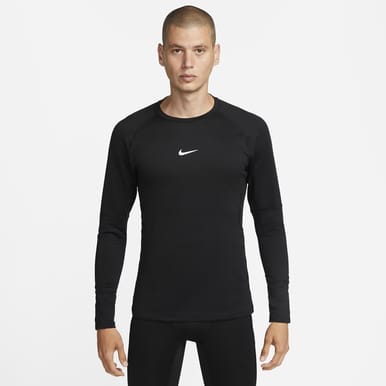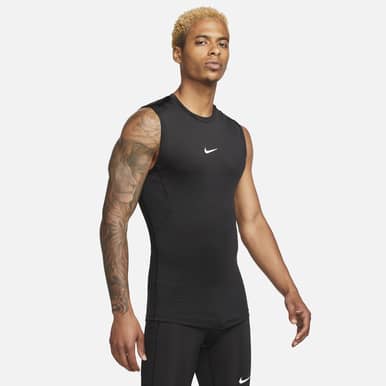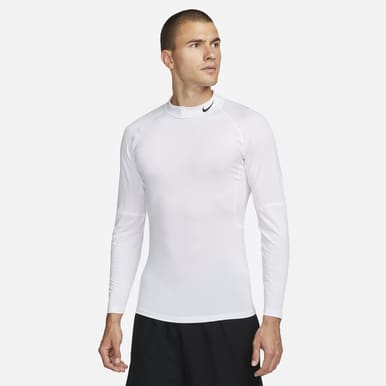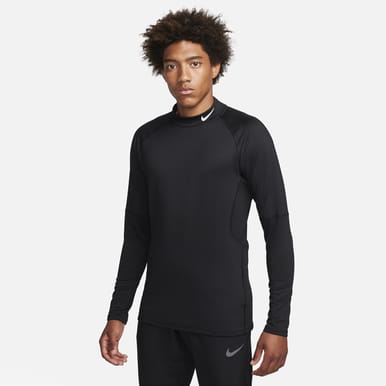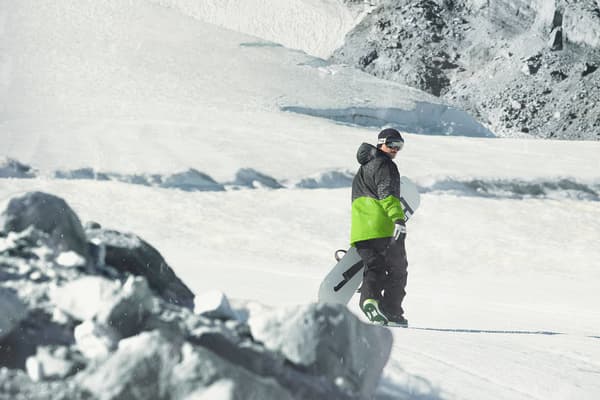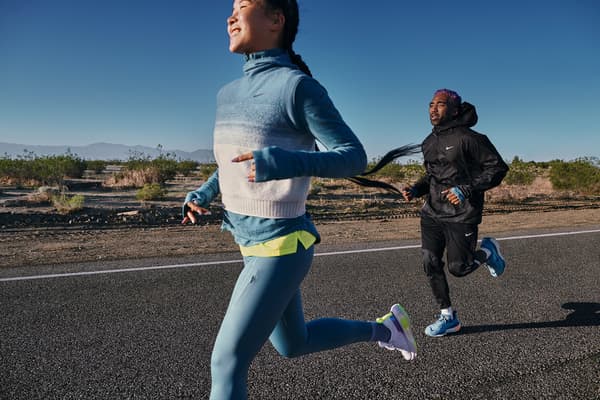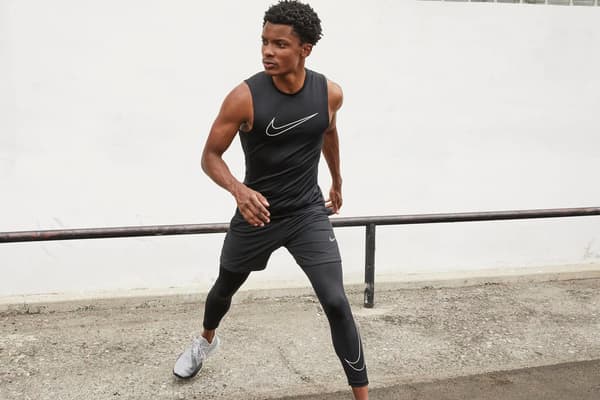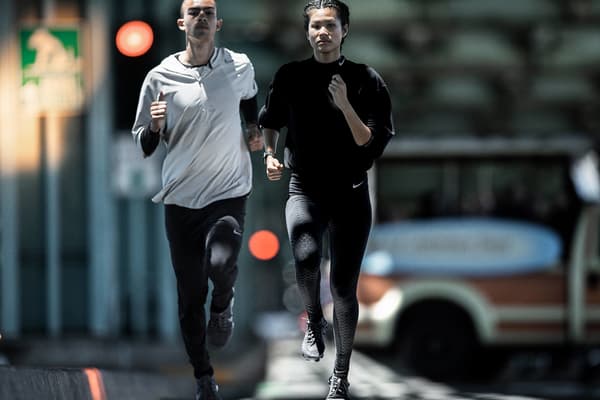Don't miss the last day to order. Learn More.
What Is a Base Layer Top and Why Should You Wear One?
Buying Guide
A base layer top is the foundation of your workout gear, keeping you warm, dry and comfortable for any activity.
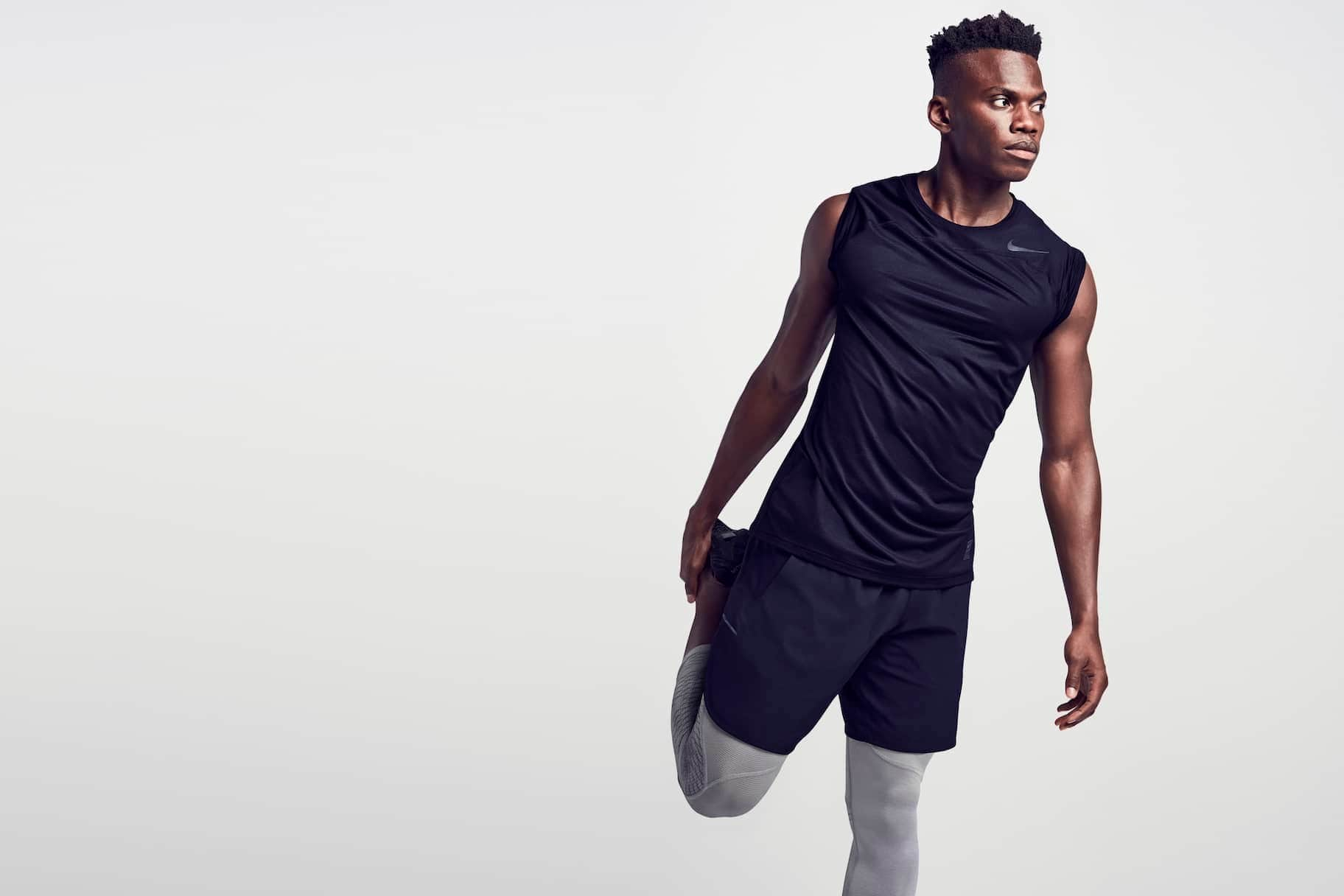
Active people need clothes that facilitate their pursuits.More specifically, clothes that support movement through changing climates.Think of base layers as the foundation of your workout wear.Here's everything you need to know.
What Exactly Is a Base Layer Top?
A base layer top is one that acts as a "second skin", providing your body with an extra layer between you and the environment.
It's tight fitting but breathable and provides sweat-wicking capability, insulation and temperature regulation.
It'll feel snug when you first put it on, but this is normal.Don't size up if it feels a bit tighter than you'd expect.If it's a quality base layer, it'll be designed for flexible movement.So despite the body-hugging fit, you'll still have full range of motion and freedom to move without restrictions.
5 Reasons to Wear a Base Layer Top
1.Adjusts to Temperature Changes
When you exercise, your body temperature increases as your heart works harder to pump blood to your working muscles.Wearing a base layer allows you to better adapt to the changing temperature of your body and the environment.
For example, when you're on a high-altitude hike, the ambient temperature gets colder while your body gets warmer.A base layer will help insulate your body.
Stacking thin layers traps warm air to form a microclimate, keeping you warm despite the cold environment.
That way, your clothes take care of thermoregulation and you can focus on your performance.
2.Designed to Wick Sweat
Attempting to layer clothing that isn't designed for training can result in heavy, sweat-soaked clothes that inhibit your movement and slow you down.
For example, layering a few cotton T-shirts absorbs sweat and moisture and traps cold air against your body.But base layers are designed with moisture-wicking fabrics that dry quickly.
Plus, water conducts heat away from the body 25 times faster than air according to the Centers for Disease Control and Prevention, so wearing clothes drenched in sweat causes a rapid loss of body heat.In extremely cold weather, this can increase your risk of hypothermia.
According to Best Hiking's comparison of base layer materials, polyester only absorbs around 0.4 percent of its own weight in water.This means it dries fast and wicks sweat, making it an ideal base layer material.
3.Protects Against the Sun
In hotter climates, you might think it best to wear as little as possible to stay cool.But it's important to wear clothing that protects your skin from the Sun while keeping you cool.
Synthetic fabrics like polyester are more protective against the Sun's harmful UV rays, according to the Skin Cancer Foundation.Polyester has an ultraviolet protection factor (UPF) of 30+, blocking 97 percent of UV radiation.When worn with sun cream, your skin will be protected against sunburn and UV damage.
If sun protection is a main concern, opt for dark or bright colours for your base layers, as they are more effective at blocking UV rays, according to the Skin Cancer Foundation.
4.Easy to Transport
Base layers are light and thin, so they can be easily transported for on-the-go activities.
For example, during a hike, you can easily take off a base layer top and pack it up.And you can always bring extra base layers—just in case—without taking up much room.
5.Comfortable to Wear
Base layers are intended to be body hugging yet flexible.Despite being tight and close to the skin, you'll forget they are even there.
The flatlock seams prevent chafing during your activity, feeling like a second skin.The light, soft material fits comfortably under other layers and it won't ride up or get itchy.

A good base layer top is made from quick-drying fabric that spreads moisture instead of absorbing it.Nike Pro base layers have a lightweight, sweat-wicking design that is comfortable to wear on its own or under additional layers.
How to Wear a Base Layer Top
1.Start With the First Layer
The first layer in the layering system is your base layer.Depending on the activity, you can decide which sleeve length—long, short or sleeveless—is best and whether or not you'll wear another layer on top.
For example, in cold weather, a long-sleeve base layer with a thermal on top offers more protection and capacity for heat trapping.
In warmer conditions, wearing only a sleeveless top wicks sweat and keeps you cool.
2.Use a Midlayer to Create a Microclimate
The midlayer is responsible for trapping heat between itself and the base layer.This creates the microclimate mentioned above.
Opt for warm but breathable materials and clothes made from soft, insulating fabric to keep you warm.Merino wool works as a great midlayer due to its warmth-to-weight ratio, making it easy to pack away when your body heats up.
Examples of ideal midlayers that provide adequate insulation include fleece jackets, merino wool jumpers and mid-weight trousers.
3.Finish With a Shell (or Outer) Layer
To insulate in extreme cold and protect against the forces of the environment—wind, rain, snow, sandstorms—wear an outer layer over everything else.
Also known as a shell layer, this layer keeps the heat in and everything else out.It can change depending on the weather you'll be facing.
Outer layers have specific features suitable for different weather patterns.For example, a waterproof jacket with GORE-TEX technology is the perfect outer layer if you're going to be in rain.If you'll be in a windy climate, get a windproof jacket that has been woven tightly to limit gaps between the threads.As a result, the wind is blocked from entering.
Base Layer FAQ
What's the Difference Between a Base Layer and a Thermal?
Thermals are designed to keep you warm in cold weather but aren't sweat wicking and thus trap heat.So they aren't ideal to wear as the layer closest to the skin.They come in different weights, recommended for different climates: lightweight, mid-weight and heavyweight.
A base layer, on the other hand, can perform differently depending on the conditions.It can trap warm air when worn under a thermal or other layer but lets air pass through if worn alone.
In short, a base layer keeps you dry and a thermal keeps you warm.
Do Socks Go Over or Under a Base Layer?
Depending on the weather, you may want to double up and do both.A moisture-wicking, cushioned first sock works great under a base layer, followed by a smartwool merino wool sock over everything for added warmth.In warmer climates, put on your socks under the base layer to keep the socks in a comfortable position.

